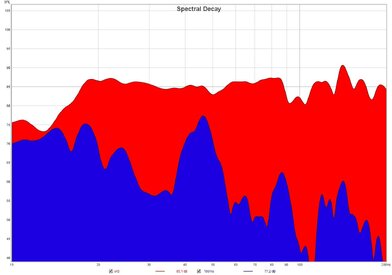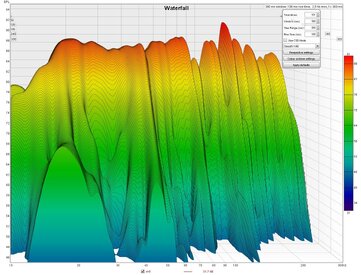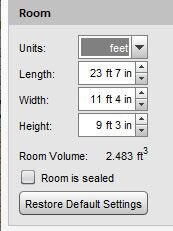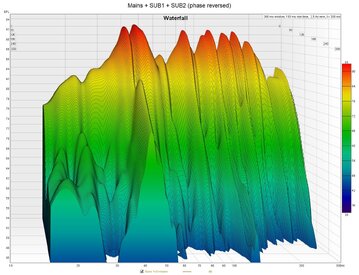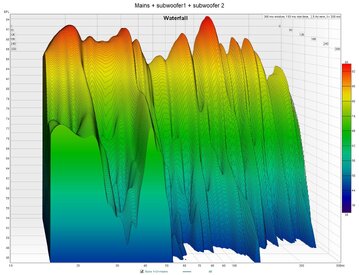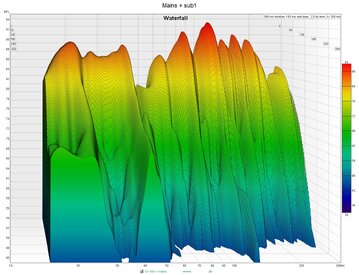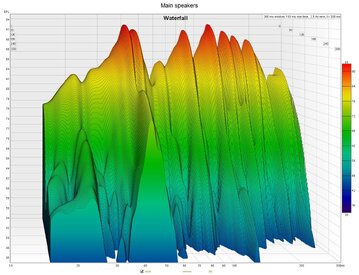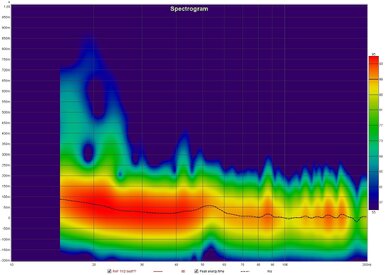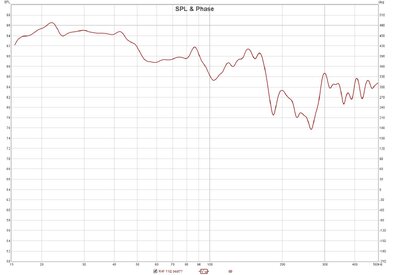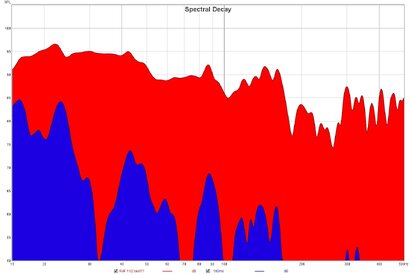thexder
Member
Thread Starter
- Joined
- Jun 19, 2017
- Posts
- 80
Hello,
I've been dealing with bass issues for quite some time now. I just can't get it right.
I'm not particularly experienced so I started by focusing on the FR.
Turned out I can get a decent one but the sound is still not what I was hoping for.
I then looked at waterfall and decay plots. And no matter what I do, there are awful results at 40-55 Hz. No way I can get it to -20 dB within the 160 ms.
The room has some treatment, most of the surfaces are covered with 8" absorption. Ceiling too.
One time I was able to get it to 16 dB but the sound was still not good. I could feel the vibrations in the seat so something clearly wasn't right.
My question is if this can be "fixed" by placing the speakers/subs on optimal locations and fine tuning the gear?
I've been dealing with bass issues for quite some time now. I just can't get it right.
I'm not particularly experienced so I started by focusing on the FR.
Turned out I can get a decent one but the sound is still not what I was hoping for.
I then looked at waterfall and decay plots. And no matter what I do, there are awful results at 40-55 Hz. No way I can get it to -20 dB within the 160 ms.
The room has some treatment, most of the surfaces are covered with 8" absorption. Ceiling too.
One time I was able to get it to 16 dB but the sound was still not good. I could feel the vibrations in the seat so something clearly wasn't right.
My question is if this can be "fixed" by placing the speakers/subs on optimal locations and fine tuning the gear?







